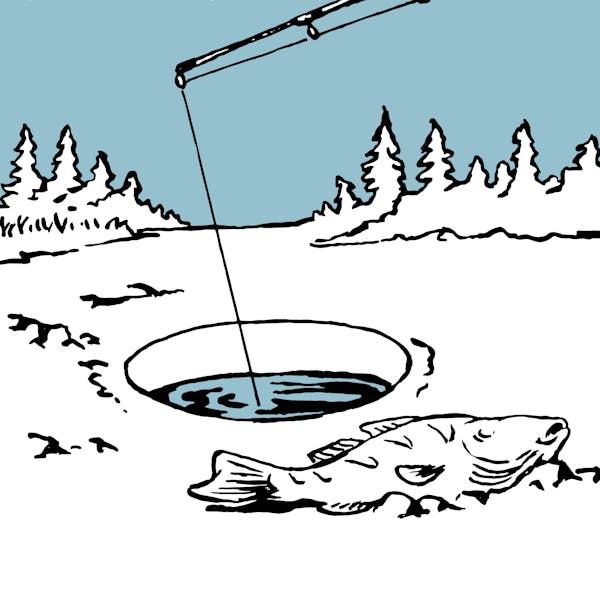The northern cardinal doesn't migrate and is one of the common year-round inhabitants of bird feeders in the Twin Cities area and throughout much of southern Minnesota.
The species, however, has expanded its range northward. During the past 25 years or so, observers have seen a few cardinals in the Brainerd and Lake Mille Lacs area, along the North Shore of Lake Superior, and in other northern locations.
The bright red males and their black faces are unmistakable, and the elegant females are olive-brown, tinged with red. Both have a conspicuous crest and cone-shaped reddish bill, are a bit longer than 8 inches and have a 12-inch wingspan.
Cardinals are among the earliest birds at the feeders in the morning and the last to leave at dusk, sometimes feeding so late in winter that we have trouble seeing them. They never tire of sunflower seeds but also like cracked corn and other seeds. They always prefer to feed on the ground or on a tray feeder. This bird more than any other has come to symbolize wild bird feeding.
Fairly new to Minnesota, northern cardinals first arrived in state's southeast in the late 1800s, and it was not until the mid-1930s that they were established as permanent residents in the Twin Cities. Planted and native evergreens help provide shelter and may encourage them to expand their range, along with food offered at feeding stations. Insects, wild fruits and seeds are their natural foods.
Studies show that northern cardinals not only mate for life but they remain together the whole year. As winter approaches, the residents of an area often associate together in loose flocks, especially in locales where food is plentiful. Flocks usually disband by early March as pairs move into their breeding territories.
Some other observations:
- December is considered the time of gentle snows, but the theme of the month is growing cold. If we do have a storm a hard cold sets in for several days.
- The intensity of the sunlight is just a quarter of the maximum level we had back in June. Fresh snow cover reflects close to 90% of the sun's radiation. No wonder we experience cold days!
- This is the time that lake ice cracks, groans and thunders as it expands and contracts in response to changing temperatures. These loud, long roars and rolls don't necessarily mean the ice is unsafe to walk on, but the eerie sounds remind us to respect the ice. It takes at least 4 inches of new solid ice in contact with stationary water for safe walking, skating and ice fishing. Up to 12 to 15 inches of ice is necessary to support a pickup truck.
- Forty years of statistics reveal that there is a 92% chance of a white Christmas in International Falls, with one inch or more of snow, and a 72% chance in the Twin Cities.
Jim Gilbert has taught and worked as a naturalist for more than 50 years.

Softball state tournament: Champlin Park (4A), Rocori (3A), St. Cloud Cathedral (2A) are champions

Champlin Park turns a big moment into the Class 4A softball championship

Rocori rolls past Byron in Class 3A for its first state title in 11 trips

Gophers men's hockey team adds defenseman Finn McLaughlin, who flipped his commitment from Denver

